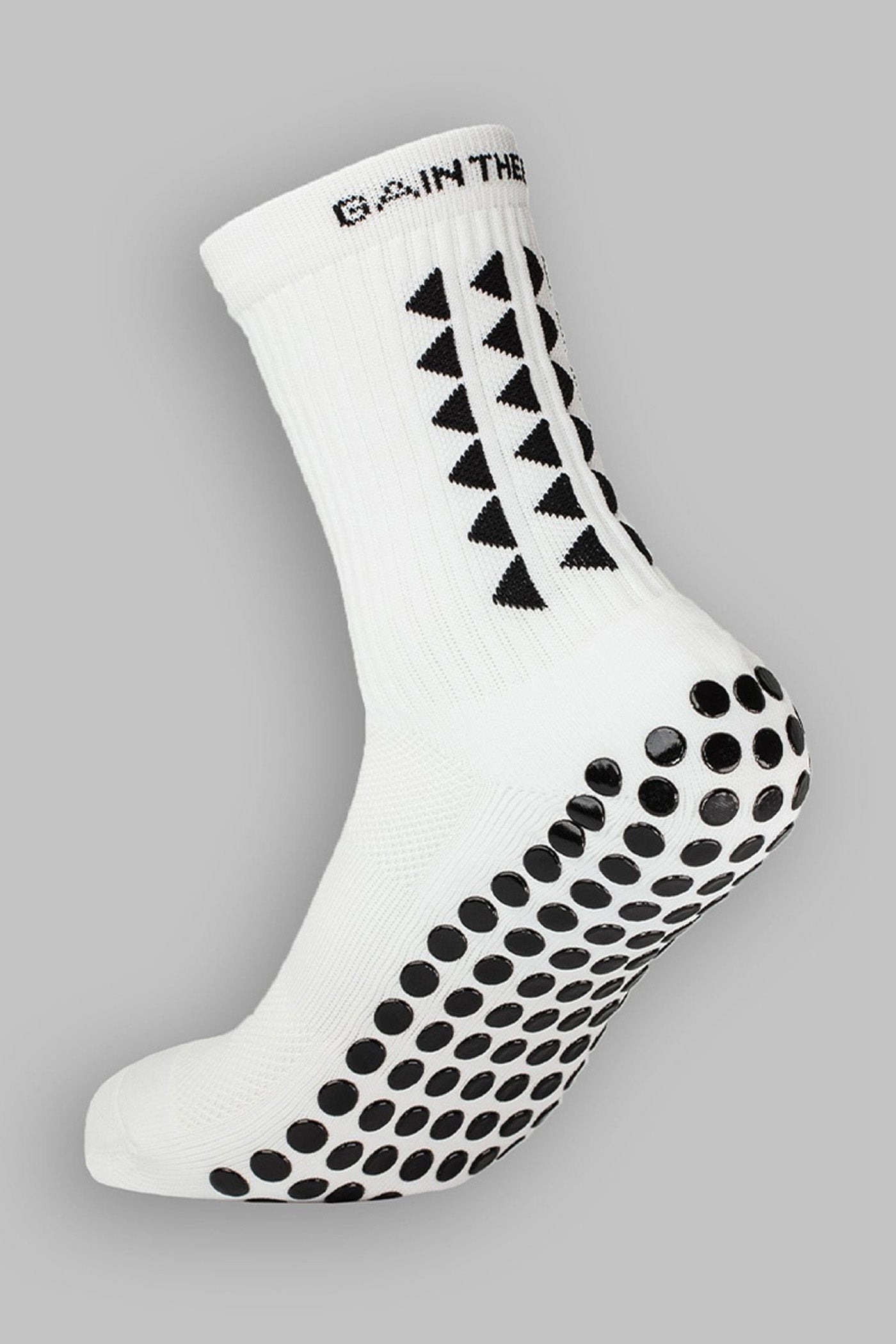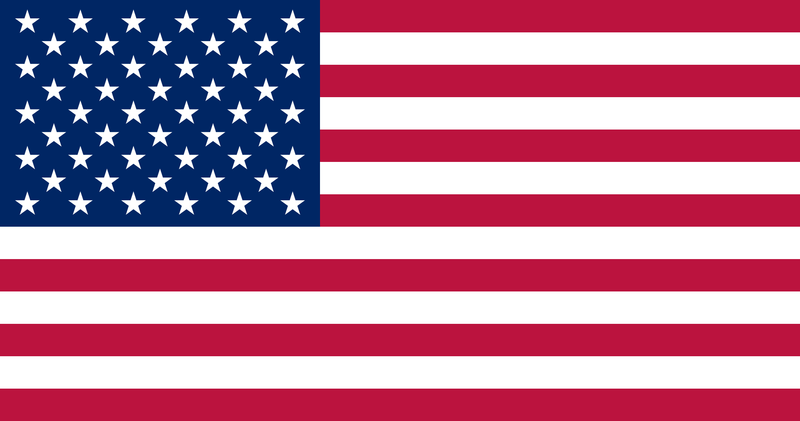Compression socks are extremely helpful, whether you are a sports enthusiast with an injury or a mother trying to prevent or lessen varicose veins.
But, not all compression socks are made equal. Some compression levels are better equipped for everyday issues while others are great for a specific situation. But choosing the wrong size could leave you with a bill and none of the benefits.
Still, are you wondering, “what level of compression sock do I need?”. Read on, and we’ll guide you through all the compression sock levels and which would be the best fit for your needs.
What this article covers:
What Is mmHg in Compression Socks?
Compression socks have different degrees of compression, which are measured in mmHg. The mmHg measurement gives a good indication of the pressure the sock will exert and can guide you to the right compression sock.
The mmHg measurement system works from 8 mmHg to 50 mmHg, with 8 being the lowest compression and 50 being the highest medical-grade compression.
Compression indicators often have two levels. The lowest number will be the overall compression sock pressure. The highest number will be the tightest spot on the socks, which is usually around the ankle.
But not all sock companies measure compression with mmHg. Some sock companies use an easier system for clients and only have ‘mild’, ‘medium’, ‘hard’, or ‘firm’ on the sock to indicate the compression degree. It makes it much easier to understand but is not very accurate for medical-grade compression socks.
So, what do compression socks do? A lot. Not only can they help treat severe medical issues, but they also work great for everyday fatigue and circulation problems. But that all depends on the compression level you choose.
Luckily, we can guide you through the mmHg measurement and the corresponding level.
Very Mild (8 to 15 mmHg)
These types of compression socks are the lightest. The compression is low enough that you can wear these socks for a full day. It’s also safe to wear compression socks at night if the pressure is low like these. You can find this level of compression shop at most retailers or sports stores.
Mild (15 to 20 mmHg)
These are the most common compression socks. You don’t need to have a pre-existing health condition to wear this level of compression sock. Instead, they make for an easy and healthy addition to every wardrobe. They are available over the counter and at many sports retailers, like these compression socks.
There are many compression sock sizes, styles, and lengths at this compression level. They’re great for men and women because they look like everyday socks while still providing great muscle and vein support.
Medium (20 to 30 mmHg)
Medium compression socks are medical grade 1 compression socks and are usually recommended by a doctor or a physical therapist.
They’re the perfect middle-ground compression sock because they provide great daily support without being too tight, and can be used to treat and support fatigued legs and many other medical conditions that make day-to-day life difficult.
Firm/Hard (30 to 40mmHg)
Firm compression socks are also known as medical grade 2 compression socks and are the second highest compression sock grade. These types of compression socks are used to treat severe issues like blood clots and DVT (deep vein thrombosis) and are usually only available with a prescription.
Extra Firm/Hard (40 to 50 mmHg)
These are the highest level of compression socks and are medical grade 3 socks. These types of compression socks are extremely firm and should be chosen carefully. We recommend visiting a doctor before purchasing this level of compression. They’re also only available with a prescription.
Choosing the wrong compression can be dangerous. If you do get this type of compression sock, double-check how to know if a compression sock is too tight and how to properly wear a compression sock before purchasing the sock.
What Strength Pressure Socks Do I Need?
Now that you know what types of compression socks there are and how compression levels are distinguished from one another, let’s cover which sock you should purchase for your unique needs.
Very Mild (8 to 15 mmHg)
Very mild compressions socks aren’t that different from everyday mid-calf grip socks. They provide great support and can be worn for hours on end without worrying about circulation problems.
Very mild socks are the best compression socks for swollen ankles or people in need of mild ankle support during the day.
Who should wear very mild compression socks?
- Pregnant women
- People looking for very light everyday support
Mild (15 to 20 mmHg)
Mild compression socks help rejuvenate fatigued legs and improve blood circulation. These socks are also great for people who are on their legs frequently or sit for very long hours. They’re very effective everyday support.
There are many types of mild compression socks, from crew socks to pantyhose.
Who should wear mild compression socks?
- Pregnant woman.
- Long-distance travelers.
- People who sit or stand for long hours.
- Athletes who want mild support.
Medium (20 to 30 mmHg)
Medium compression socks are the first medical-grade compression socks and are a better choice for people who struggle with leg pain and swelling from overuse.
This level of compression is great at relieving pain and promoting healing with increased blood circulation. Medium compression socks are also effective while recovering from a muscular or connective tissue injury.
Who should wear medium compression socks?
- Pregnant woman with severe spider veins.
- New mothers who struggle with swelling and heaviness.
- Athletes healing from an injury.
- People who overuse their legs frequently.
Firm/Hard (30 to 40mmHg)
Firm compression socks are used to treat severe leg problems, injuries, and circulatory problems like DVT, blood clots, or Orthostatic hypotension. It’s also great for post-surgery recovery, especially from sporting accidents.
Who should wear firm/hard compression socks?
- People with moderate to severe circulatory problems.
- Athletes who are healing from moderate to severe injuries.
Extra Firm/Hard (40 to 50 mmHg)
As you can imagine, extra firm compression socks should only be used in extreme cases like lymphedema and chronic and acute swelling. It’s also used for wound management.
Who should wear extra firm/hard compression socks?
- Athletes healing from a severe injury.
- People recovering from surgery.
- People with chronic and acute blood circulation issues.
This level of compression can be dangerous if used without medical supervision. Always consult your doctor before buying medical-grade compression socks.
Conclusion
Compression socks are extremely useful. From the treatment of mild swelling and discomfort to wound management, different compression levels can be used to treat medical issues and relieve pain.
But choosing the right compression sock can be tricky. Luckily, this guide will help you learn about compression measurement systems, what they mean, and what conditions would benefit the most from certain compression levels.
Did our blog meet your needs? You might also find our other guides helpful:
- How Long to Wear Compression Socks
- How Long Does It Take for Compression Socks to Work?
- Wearing Compression Socks Too long
- Can You Wear Compression Socks All Day?
- Compression Socks vs Sleeves
- How to Put on a Compression Sock
- What Is Crew Socks
- What Do Grip Socks Do
- What Are Ankle Socks
- How to Wear Grip Socks
- Easy to Put on Compression Socks for Elderly
- Best Sock Material
- Running Socks: Women
- Do Running Socks Make a Difference?
- Compression Socks for Runners
















